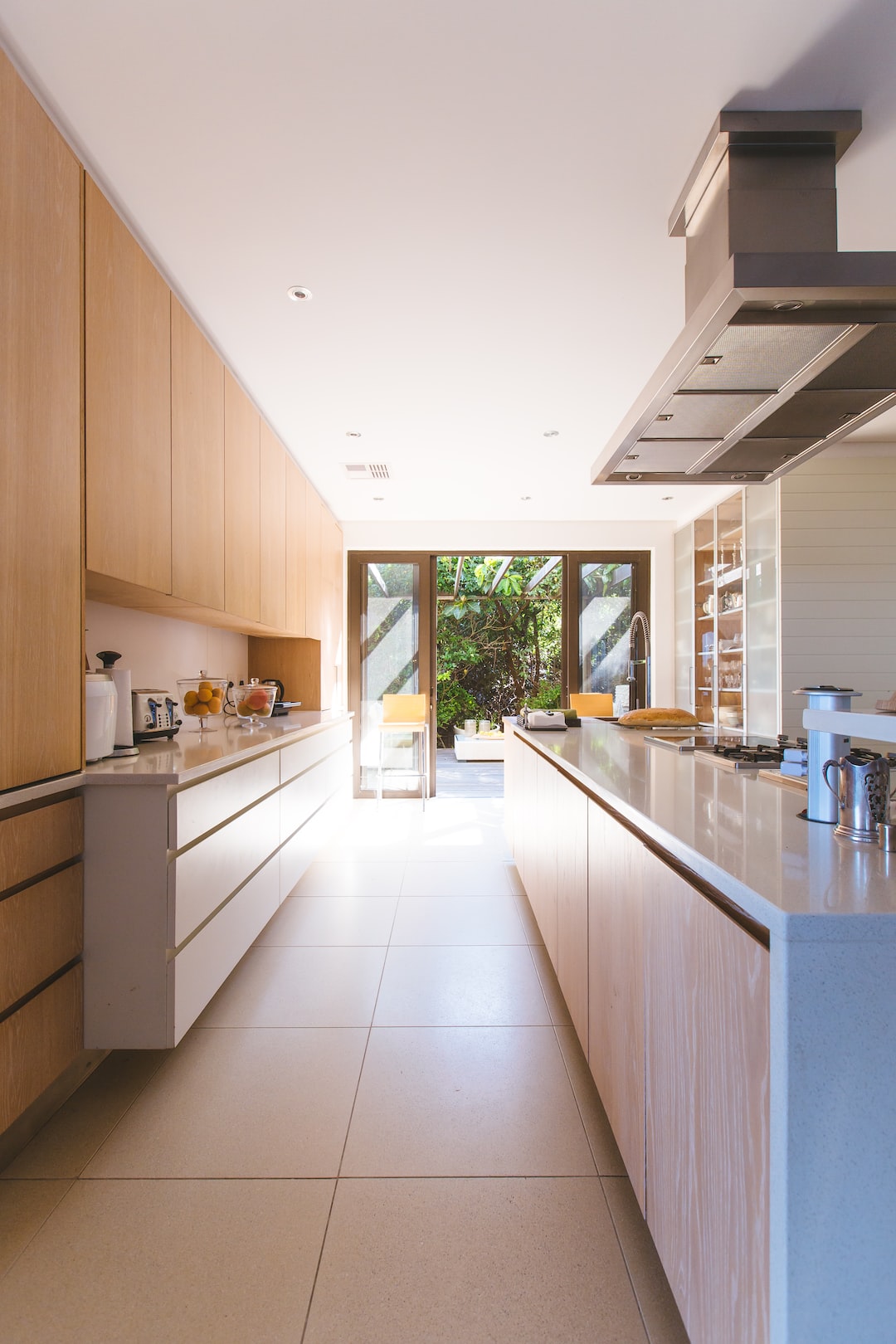Upgrading Your Lighting Fixtures: Design and Functionality
Lighting fixtures play a significant role in our daily lives, both in design and functionality. They have the power to transform any space, enhancing its ambiance and overall aesthetic appeal. Whether you are considering a complete home renovation or simply want to spruce up a particular room, upgrading your lighting fixtures is a fantastic way to elevate any space. In this blog post, we will explore the importance of lighting in design, as well as the functionality it brings to our everyday lives.
Design is an essential aspect of any lighting fixture, as it sets the tone and mood of a space. When upgrading your lighting fixtures, you have the opportunity to integrate your personal style and taste into your home decor. By carefully selecting fixtures that blend seamlessly with your existing design elements, you can create a cohesive and visually appealing environment.
One popular trend in lighting design is the use of statement fixtures. These eye-catching pieces serve as the focal point of a room, adding a touch of drama and personality. Whether you choose an oversized chandelier for your dining room or an intricate pendant light for your foyer, statement fixtures bring a sense of grandeur and elegance to any space.
Another design element to consider when upgrading your lighting fixtures is the color temperature of the light source. Warm vs. cool lighting can significantly impact the mood and atmosphere of a room. Warm light, with its yellow and orange hues, creates a cozy and inviting ambiance, perfect for living rooms and bedrooms. On the other hand, cool light, with its blue and white tones, is ideal for task-oriented areas such as kitchens and home offices, as it promotes focus and productivity.
Additionally, the type of lighting fixtures you choose can influence the overall design style of a space. For instance, if you are aiming for a modern and minimalist look, sleek and streamlined fixtures would be the way to go. Conversely, if you prefer a rustic or industrial design, opting for fixtures made from wood or metal can help achieve the desired aesthetic.
Beyond design, lighting fixtures serve a crucial functional purpose in our everyday lives. The right lighting can improve our productivity, safety, and overall well-being. When upgrading your fixtures, it is essential to consider the specific needs of each room and how lighting can address those needs.
In areas where tasks are performed, such as kitchens and home offices, adequate task lighting is essential. Under-cabinet lights and desk lamps can illuminate work surfaces, reducing eyestrain and increasing productivity. In bathrooms, properly lit mirrors ensure clear visibility for grooming and applying makeup.
Lighting fixtures also contribute to our safety, both indoors and outdoors. Well-placed outdoor lights can deter burglars and provide a sense of security. Indoor lighting, such as motion-activated lights or stairwell lighting, reduces the risk of accidents and falls.
Furthermore, lighting fixtures impact our overall well-being. Exposure to natural light has been proven to have positive effects on our mood and physical health. When upgrading your fixtures, consider incorporating daylighting techniques, such as skylights or large windows, to increase the amount of natural light entering a space. Additionally, installing dimmer switches allows you to adjust the light levels according to your needs, enhancing relaxation and comfort.
In conclusion, upgrading your lighting fixtures not only adds visual appeal and enhances the design of your space, but it also improves functionality and contributes to your overall well-being. By selecting fixtures that align with your design style and considering the specific needs of each room, you can create an environment that is both aesthetically pleasing and highly functional. So, whether you are looking to revamp your entire home or simply want to enhance a particular room, upgrading your lighting fixtures will undoubtedly make a significant difference.
